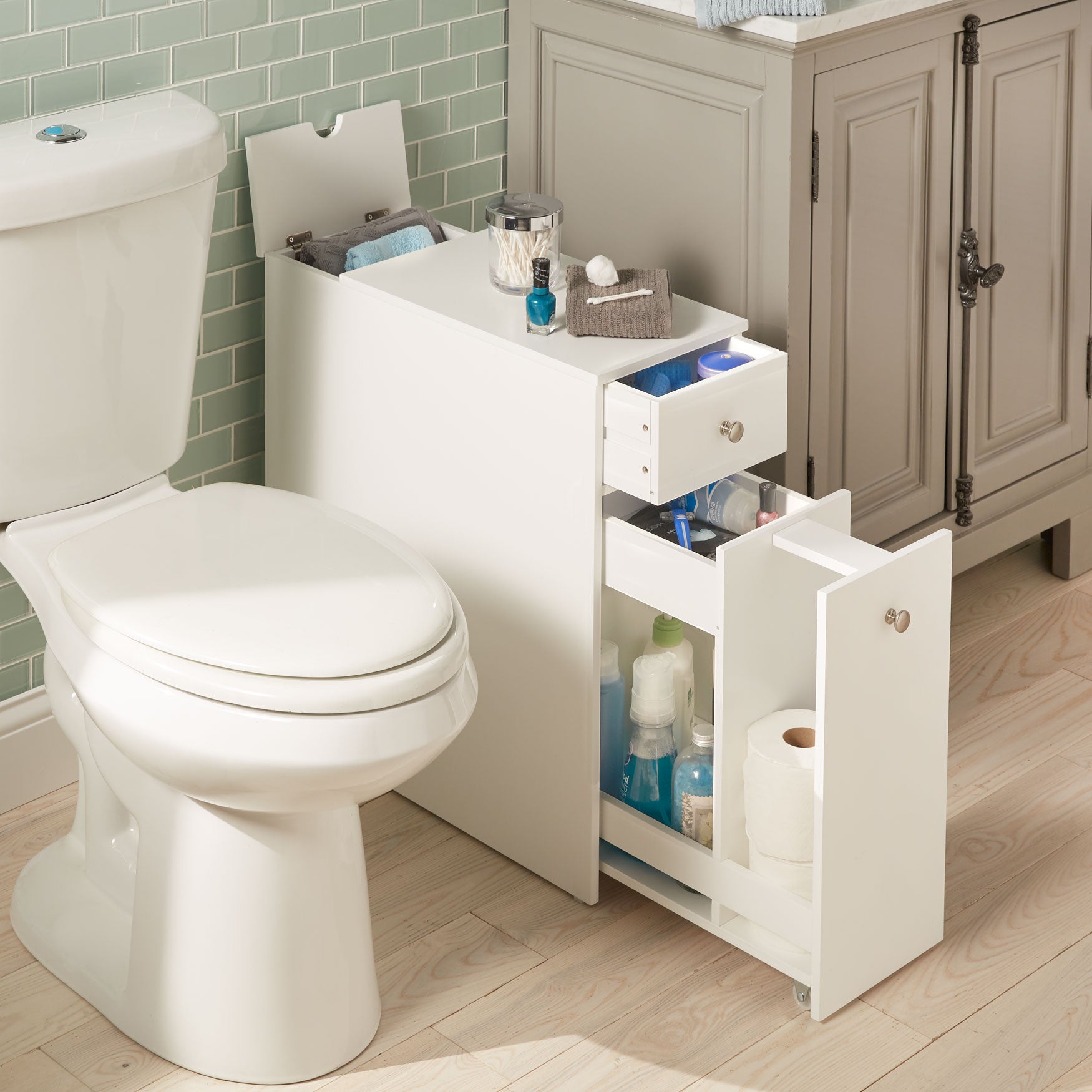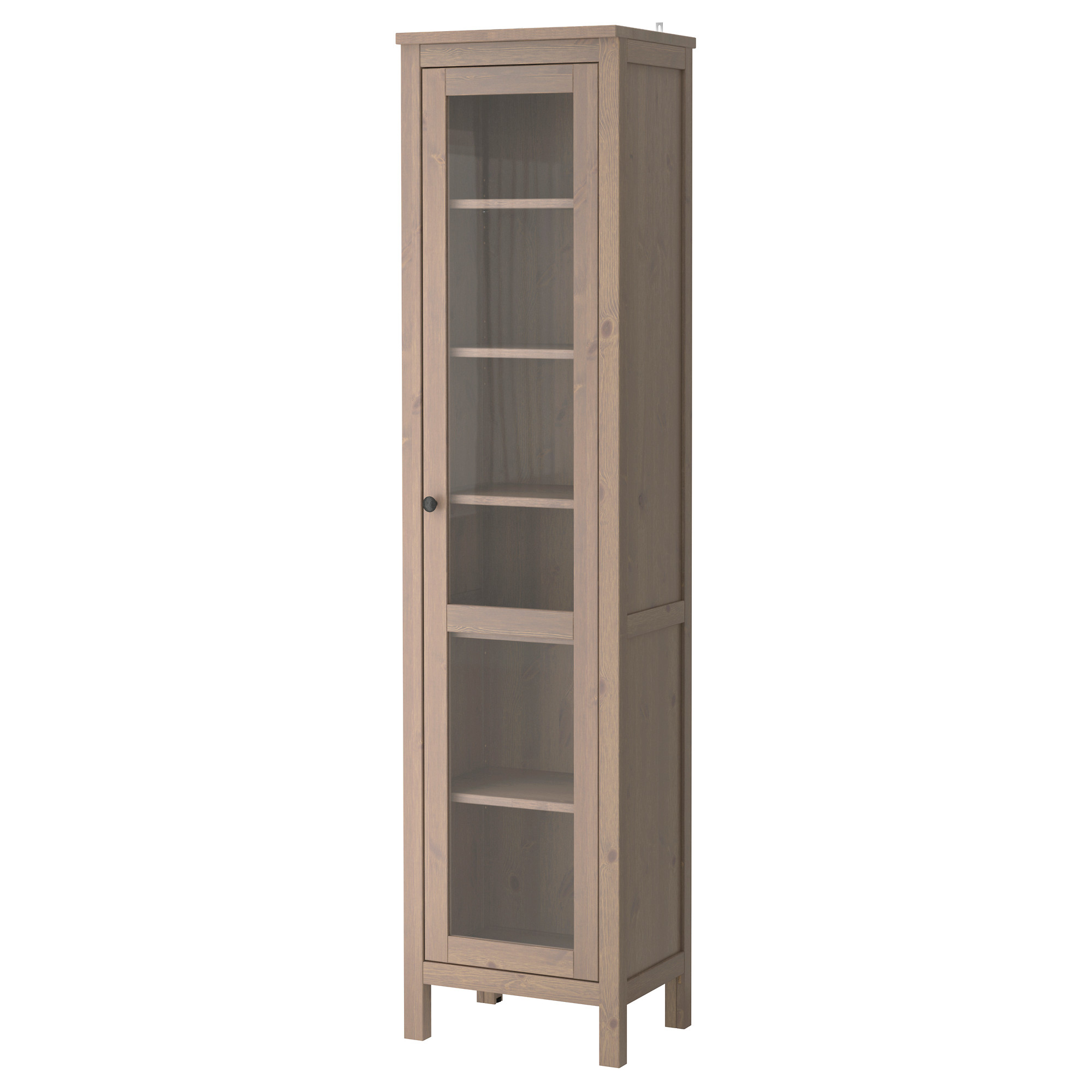Dimensions and Design Variations of Narrow Accent Cabinets with Doors

Narrow accent cabinets with doors offer versatile storage solutions for diverse spaces, from hallways and entryways to living rooms and bedrooms. Their compact footprint makes them ideal for maximizing limited space without compromising style or functionality. Careful consideration of dimensions and design elements is crucial in achieving both aesthetic appeal and practical utility.
Three Narrow Accent Cabinet Models
This section details three distinct narrow accent cabinet models, each designed with specific dimensions and aesthetic considerations in mind. These variations demonstrate the range of possibilities available when customizing a narrow accent cabinet to suit individual needs and preferences.
| Model | Dimensions (H x W x D) | Door Size (H x W) | Handle Placement |
|---|---|---|---|
| Model A: The Slimline | 72″ x 12″ x 10″ | 68″ x 11″ | Centered, 36″ from top |
| Model B: The Mid-Century Modern | 36″ x 15″ x 12″ | 32″ x 14″ | Offset, 4″ from top edge and 2″ from side edge |
| Model C: The Rustic Charm | 48″ x 18″ x 14″ | 44″ x 17″ | Centered, 24″ from top |
Comparative Analysis of Cabinet Designs and Potential Uses
The table below compares the three cabinet models, highlighting their key features and suitability for different room settings.
| Feature | Model A: The Slimline | Model B: The Mid-Century Modern | Model C: The Rustic Charm |
|---|---|---|---|
| Height | Tall and slender | Mid-height | Medium height |
| Width | Very narrow | Narrow | Moderately narrow |
| Depth | Shallow | Moderate | Deep |
| Style | Minimalist, modern | Mid-century modern, clean lines | Rustic, traditional |
| Potential Uses | Hallway, entryway, small bathroom | Living room, bedroom, office | Kitchen, dining room, living room |
| Material Suggestions | Lacquered MDF, high-gloss finish | Walnut veneer, brushed brass hardware | Reclaimed wood, distressed finish, wrought iron hardware |
Aesthetic Appeal and Material Choices
Model A, “The Slimline,” prioritizes a minimalist aesthetic. Imagine a sleek, lacquered MDF cabinet in a high-gloss white finish, perfectly complementing a contemporary hallway. Its clean lines and shallow depth ensure it doesn’t overwhelm the space.
Model B, “The Mid-Century Modern,” embodies the clean lines and functional elegance characteristic of mid-century design. Picture a cabinet crafted from walnut veneer with brushed brass hardware, offering a warm and inviting presence in a living room or bedroom. The moderate depth provides ample storage without sacrificing visual lightness.
Model C, “The Rustic Charm,” exudes warmth and character. Envision a cabinet constructed from reclaimed wood with a distressed finish, perhaps featuring wrought iron hardware. This design is ideally suited for a kitchen, dining room, or living room, where its rustic charm can add a touch of vintage appeal. The deeper depth allows for more substantial storage.
Material Choices and Construction Techniques for Narrow Accent Cabinets

The choice of materials and construction techniques significantly impacts the durability, cost, and aesthetic appeal of a narrow accent cabinet. Careful consideration of these factors is crucial in achieving a functional and visually pleasing piece of furniture. This section will delve into the specifics of material selection and construction methods for building such cabinets.
Material Comparison: Solid Wood, Engineered Wood, and Metal
Solid wood, engineered wood, and metal each offer distinct advantages and disadvantages for constructing narrow accent cabinets. Solid wood, such as oak or cherry, provides exceptional durability and a timeless aesthetic. However, it’s often the most expensive option and requires meticulous finishing to prevent warping or cracking. Engineered wood products, like plywood or medium-density fiberboard (MDF), offer a more affordable and stable alternative. They are less prone to warping and are easier to work with, but they may lack the inherent beauty and character of solid wood. Metal, typically steel or aluminum, provides exceptional strength and durability, but it can be more challenging to work with and may require specialized tools and techniques. Its modern aesthetic can be a benefit or a drawback depending on the overall design scheme. The choice ultimately depends on the budget, desired aesthetic, and the level of craftsmanship involved.
Door Construction Methods, Narrow accent cabinet with doors
Three common methods for constructing narrow accent cabinet doors are frame-and-panel, slab, and louvered. The frame-and-panel method involves creating a frame from solid wood or engineered wood, and inserting a panel of wood, glass, or other material within the frame. This technique offers a classic look and allows for decorative elements within the panel. The doors can be hung using mortise and tenon hinges for a more traditional and robust joint, or European-style hinges for a cleaner, more contemporary look. A magnetic catch or simple latch can be used for closing. Slab doors, constructed from a single piece of material, are simpler to create and are often used with modern designs. They can be hung using concealed hinges for a seamless appearance. Finally, louvered doors, consisting of a series of narrow, horizontal slats, allow for ventilation and offer a unique aesthetic. These doors are typically hung using simple butt hinges and can be secured with a simple latch or magnetic catch.
Assembling a Narrow Accent Cabinet from Pre-Cut Components
Assembling a narrow accent cabinet from pre-cut components is a relatively straightforward process. This guide assumes the use of pre-drilled holes and pre-cut pieces for ease of construction.
- Assemble the Cabinet Sides and Back: Use wood glue and screws to attach the pre-cut side panels to the pre-cut back panel. Ensure squareness using a square and clamp the pieces securely until the glue dries.
- Attach the Top and Bottom: Once the back and sides are assembled, attach the top and bottom panels using the same method (wood glue and screws).
- Install Shelves (if applicable): If the cabinet includes shelves, use shelf supports and screws to attach them to the side panels at desired heights. Ensure the shelves are level.
- Attach the Doors: Using the chosen hinges (e.g., European hinges or butt hinges), attach the doors to the cabinet frame. Ensure the doors are aligned and that they open and close smoothly.
- Install Hardware: Install door handles, knobs, or pulls. Attach any latches or magnetic catches.
- Finish the Cabinet: Sand all surfaces smooth, and apply a finish such as paint, stain, or varnish, as desired. Allow the finish to dry completely before use.
Practical Applications and Placement of Narrow Accent Cabinets: Narrow Accent Cabinet With Doors

Narrow accent cabinets with doors offer a surprising amount of versatility in home design, maximizing storage in spaces often overlooked. Their slim profile allows integration into various areas without overwhelming the room, providing both functional storage and aesthetic appeal. This section explores practical applications and optimal placement strategies for these cabinets.
Narrow Accent Cabinet Placement in Five Home Locations
The adaptability of narrow accent cabinets makes them suitable for a range of locations throughout the home. Careful consideration of dimensions and design features will enhance their functionality and aesthetic integration.
- Entryway: A narrow cabinet (approximately 12 inches wide, 30 inches tall, and 12 inches deep) positioned near the entrance can provide a discreet space for keys, mail, and other frequently used items. Consider a design with a simple, clean aesthetic to complement the overall entryway style. Adding a small mirror to the cabinet door could further enhance its functionality and visual appeal.
- Bathroom: In a small bathroom, a narrow cabinet (approximately 10 inches wide, 36 inches tall, and 6 inches deep) can provide extra storage for toiletries and medications. A tall, narrow design maximizes vertical space. Choose a moisture-resistant material like lacquered wood or melamine for longevity.
- Kitchen: A narrow cabinet (approximately 14 inches wide, 24 inches tall, and 10 inches deep) can be used to store spices, oils, or other small kitchen items, particularly in kitchens with limited counter space. A pull-out shelf system would optimize storage within the limited depth.
- Living Room: A narrow cabinet (approximately 16 inches wide, 28 inches tall, and 12 inches deep) can serve as a media console for a small living space, housing remotes, game controllers, and other media accessories. Consider a design with cable management features for a cleaner look.
- Bedroom: A narrow cabinet (approximately 10 inches wide, 30 inches tall, and 8 inches deep) positioned in a bedroom can be used for jewelry, accessories, or other personal items. Interior organizers, such as small drawers or trays, would enhance the cabinet’s storage capacity. A mirrored door would add a touch of elegance and functionality.
Storage Solutions Achieved with Narrow Accent Cabinets
The internal design of a narrow accent cabinet significantly influences its storage capacity and versatility. Careful planning of the interior layout can maximize its functionality.
- Shelving: Adjustable shelves provide flexibility to accommodate items of varying heights and sizes.
- Drawers: Small drawers are ideal for organizing smaller items, keeping them neatly contained and easily accessible.
- Pull-out Trays: These are particularly useful for narrow cabinets, allowing easy access to items stored at the back.
- Hanging Organizers: These can be utilized for accessories like jewelry or scarves, maximizing vertical space within the cabinet.
- Combination Systems: A combination of shelves, drawers, and pull-out trays offers the most versatile storage solution, catering to a wider range of items.
